Across the globe car-free cities are becoming a major discussion point. Elections are being won across the political spectrum on promises to limit car use, meet climate goals, and give needed space back to the public. Copenhagen is amongst these cities, with an ambitious target to be CO2 neutral by 2025. However, year after year, the transport sector’s share of the total CO2 emissions continues to increase because of increasing car use. If the city is to achieve its ambitious target before it is too late, it is necessary to look beyond the status quo and towards more visionary concepts.
Where the term ‘car-free’ suggests an either-or scenario, where cars are banned in cities, the concept of ‘car free(dom)’ suggests a choice because we need to be democratic about how we can motivate everyone for such societal changes. Based on our ideas of a mobility diet, this choice includes all people and modes of transport, where cars are a part of a multimodal mix, but introduces a clear prioritisation where less impactful modes become the easiest and preferred mode of transport.
The main strategy for this project is to implement traffic islands, where Copenhagen is split into eight different zones. Motorists can access and commute between the traffic islands via the ring road and the access roads but cannot move across them. Pedestrians, cyclists, public transport and other priority groups can move freely between the traffic islands. In this way, the project’s mobility strategy does not prevent car access within Copenhagen. It merely makes it the slowest and least convenient mode, while prioritising pedestrians, cyclists, and public transport over cars.
Throughout the 20th century, mobility was siloed within bureaucratic planning departments that view the city through numbers and excel sheets. If we are to create liveable and sustainable cities, we need to break these silos and create holistic approaches that inspire rather than reinforce the status quo. In the development of this project, our Industrial PhD student ran a series of visioning workshops which brought together stakeholders outside of traditional decision-making processes. The workshops used co-creation methods based on visualization and drawing of urban space, so rather than just present data and numbers, these visualizations of the future created a democratic medium for the workshop participants to break disciplinary boundaries, as well as to think beyond what they thought was possible.
Discussions surrounding the future of mobility allow us to pose new questions as to how we should use our streets, as they are the largest public space that cities have. Should they only be considered as storage areas for privately owned cars? Or do advancements in mobility, and communication technologies allow society to reclaim streets as new spaces for social and economic opportunity? This project explores the latter, showcasing that we need to change the conversation on sustainability from ‘what do I have to give up?’ to ‘what we can get in return!’
It is our belief that to succeed, this project ultimately showcases a difference in the everyday life of Copenhageners: outside their front door, on their way to work, and how they interact with the street. Therefore, the project’s greatest ambition is to link mobility with the human scale, so that quality of life is the basis for future sustainable urban development.
"Copenhagen Far Free(dom) offers a truly inspiring vision for Copenhagen that is both pragmatic and engaging. The mobility strategy, based on a concept of ‘traffic islands’ does not prevent car access within Copenhagen, but merely prioritises pedestrians, cyclists, and public transport over cars in a series of convincing solutions. The cohesive mobility strategy for the city makes soft traffic the easiest and most attractive mode of transportation. Through a list of good examples JAJA architects also demonstrates the enormous potential for creating neighbourhood quality in streets otherwise (mis)used for traffic and parking."
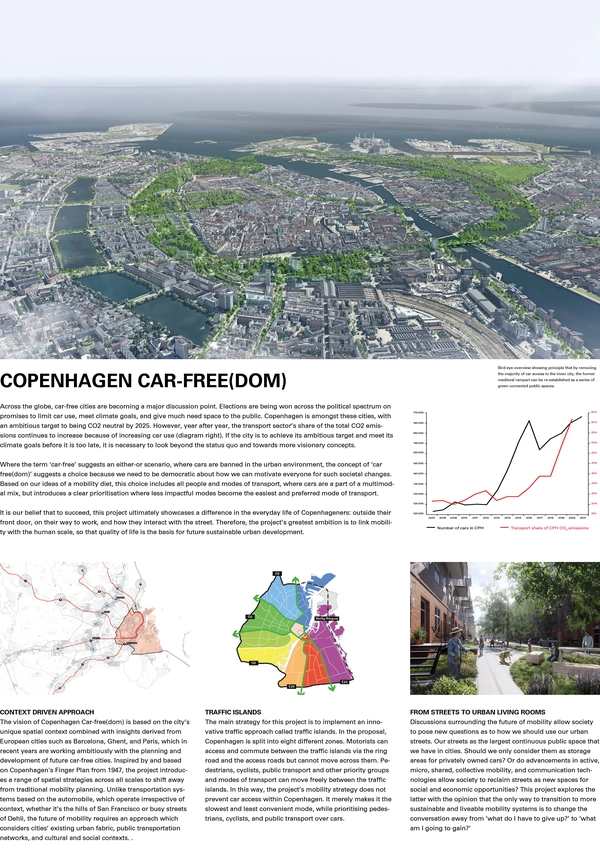
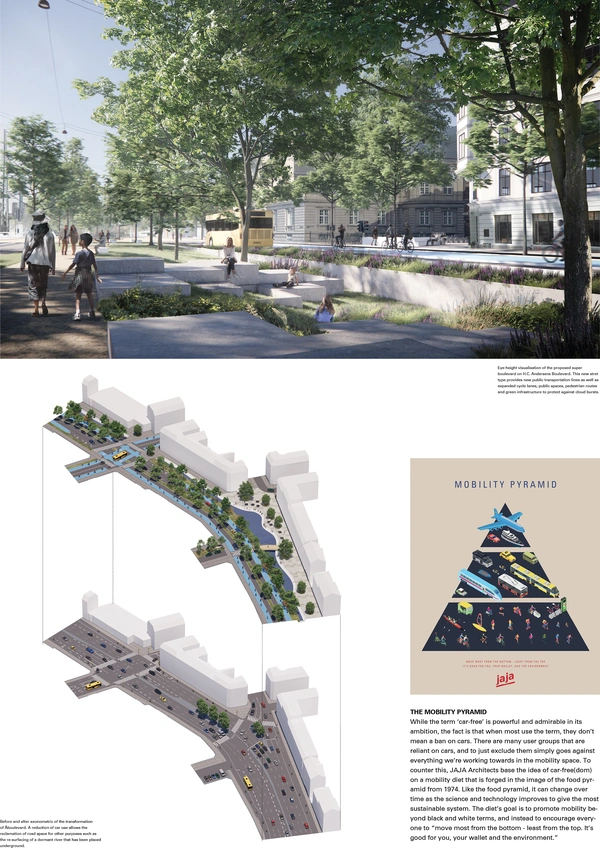
JAJA Architects: Robert Martin, Jakob Steen Christensen, Jan Tanaka, Kathrin Gimmel, Stephen Dietz-Hodgson, Emily Himber, Cole Bennette, and Finn Buchanan
External consultation: Aalborg University, and the Royal Danish Academy School of Architecture
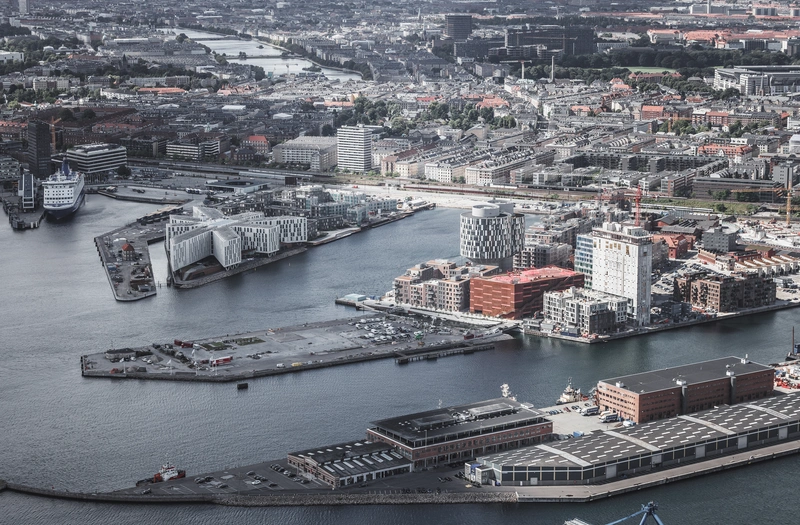
P-Hus_Konditaget_Lueders @ R_Hjortshoj
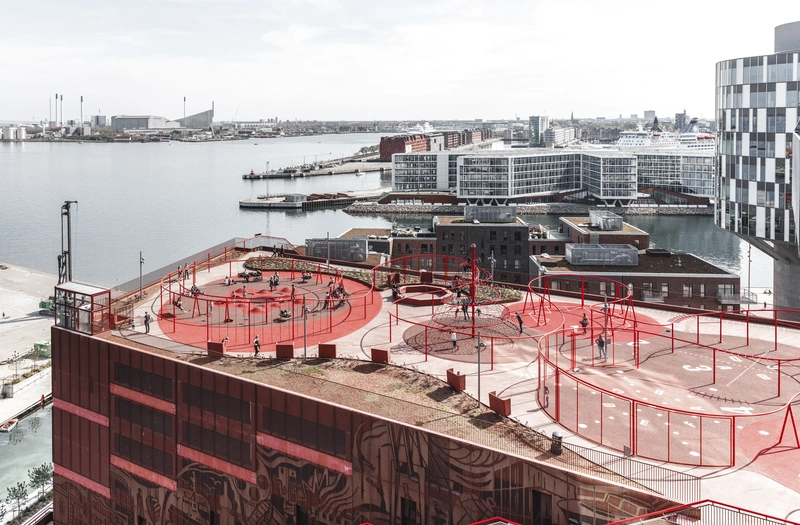
P-Hus_Konditaget_Lueders @ R_Hjortshoj
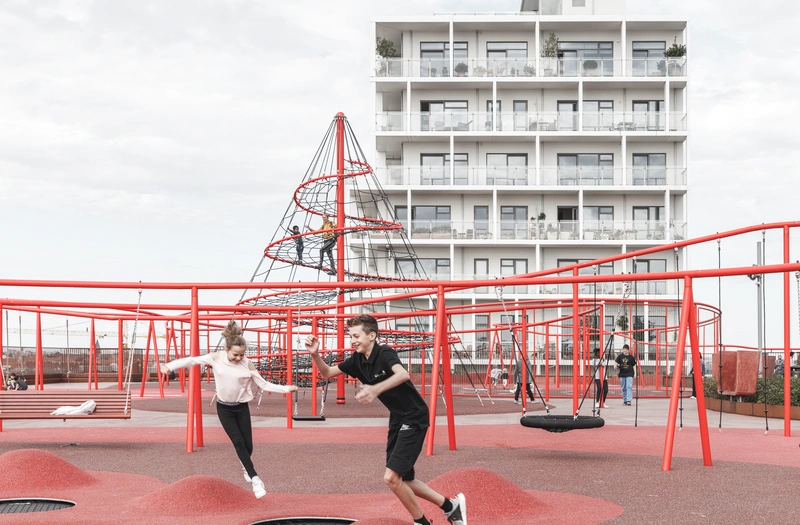
P-Hus_Konditaget_Lueders @ R_Hjortshoj